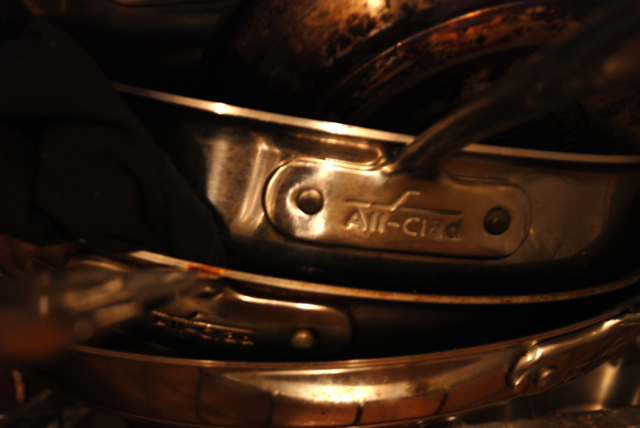
Live Culture's Logo
A little homage to the sustainability tip this morning. After a quick Google news check, I found a write-up today about Anya Fernald in the NY Times blog about the Nifty 50, highlighting America’s up-and-coming talent. Two questions immediately came to mind:
– Why am I not on this list?
– Who is Anya Fernald?
While the answer to the first question continues to elude me, the second was quickly answered in the linked article. Anya (we’re on a first-name basis since I’m a casual guy) is a food consultant who founded Live Culture, which helps companies trying to move to a more eco-friendly/sustainable food.
From the company’s website:
“Anya Fernald founded Live Culture Company in 2008 with the goal of supporting the development of viable, thriving food businesses that produce good food. Live Culture Company has built a strong track record of creating market-based change, overcoming complex infrastructure and organizational challenges, and business planning and has emerged as a unique service provider at the intersection of artisan, sustainable and quality food and business consulting.”
Awesome stuff.
This is the type of independent, small business that will prove to be influential (and profitable) in the coming years, particularly in this space. These experts will be in higher demand as consumers start to not only request, but require, more knowledge about where their food is coming from and how it impacts the environment. And these consumers tend to have deeper pockets, meaning all of this good work can lead to big profits.
Based on the client roster at Live Culture, it looks like the biggest market niche remains in smaller-scale producers and companies. This is the beginning of the riptide, however, as the larger companies start to take notice. It looks like the consultancy also is equipped to handle the more complex business realities associated with sourcing locally grown and sustainable food. Even with innovators like Anya, I still struggle with the question, “how is the industry really going to change?”
The short answer from me at this exact moment is, “I don’t know.” Part of me thinks the damage is largely irrevocable, and a vast majority of consumers don’t really care. It has been said by others that business change in the industry will need to be preceded by a social change, and I think that is a valid point. I have a lot of friends who don’t really care about “eating local,” and I’m not sure there is a way to make them want to, unless it’s a) cheaper or b) markedly more healthy.
The other, more optimistic, part of me thinks that the changes need to start small, and groups like Live Culture, Karen Karp, Sustainable Food Systems, and Chefs Collaborative are leading the charge. Let us all recall that Food Network started as a fledgling TV station with a handful of shows, and now it actually has enough leverage to get itself pulled from a cable provider (sorry to all those folks with Cablevision…). My optimistic side sees that there is a passionate and influential group of people who can eventually make significant changes to the food system. The rubber will really hit the road when there is a business case for doing so, and I think we are there. Here’s to staying optimistic. Check out Anya’s write-up.



